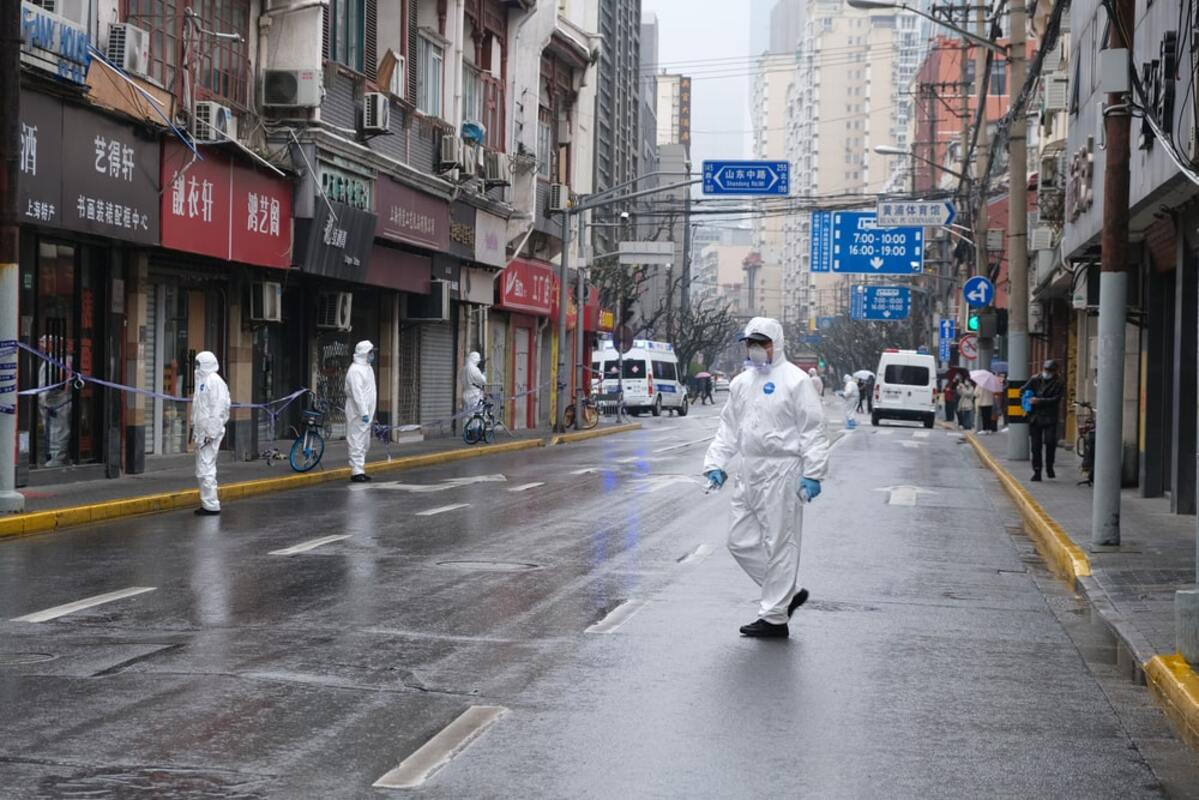KUALA LUMPUR, Nov 23 – The World Health Organization (WHO) has made an official request to China for detailed information on an outbreak of undiagnosed pneumonia among Chinese children.
ProMed – a large, publicly available surveillance system that monitors human and animal disease outbreaks worldwide – issued an alert yesterday, citing a report from Taiwanese outlet FTV News, that children’s hospitals in Beijing and Liaoning, nearly 800km apart, were “overwhelmed with sick children”, with schools and classes on the verge of suspension.
An editor’s note by ProMed noted that the report suggested “a widespread outbreak of an undiagnosed respiratory illness in several areas in China”.
“It is not at all clear when this outbreak started as it would be unusual for so many children to be affected so quickly. The report does not say that any adults were affected, suggesting some exposure at the schools,” said the surveillance programme by the International Society for Infectious Diseases.
Covid-19 was first brought to the attention of doctors and scientists, including senior WHO officials, through a ProMed alert in late December 2019.
WHO said yesterday it was unclear if these reported “clusters” of undiagnosed pneumonia in children in northern China were linked to the overall increase in respiratory infections previously reported by Chinese authorities, or separate events.
“On 22 November, WHO requested additional epidemiologic and clinical information, as well as laboratory results from these reported clusters among children, through the International Health Regulations (IHR) mechanism,” WHO said in a statement from Geneva, Switzerland.
“We have also requested further information about recent trends in the circulation of known pathogens including influenza, SARS-CoV-2, RSV and mycoplasma pneumoniae, and the current burden on health care systems. WHO is also in contact with clinicians and scientists through our existing technical partnerships and networks in China.”
The Taiwanese report, as cited by Pro-Med, quoted a Chinese citizen in Beijing as saying that many children who were being hospitalised did not have a cough, but had a high fever instead and pulmonary nodules. Dalian Children’s Hospital in Liaoning Province is reportedly full of sick children on intravenous drips.
A staff member of Dalian Central Hospital reportedly said: “Patients have to wait in line for two hours, and we are all in the emergency department and there are no general outpatient clinics”, while there are queues of patients at the traditional Chinese medicine hospitals and the central hospitals in Liaoning Province.
“It is too early to project whether this could be another pandemic but as a wise influenza virologist once said to me, ‘The pandemic clock is ticking, we just do not know what time it is’,” ProMed rapporteur Dan Silver wrote.
UK paper The Telegraph reported that the outbreak in northern China could be linked to Mycoplasma pneumoniae, also known as “walking pneumonia”, as China enters its first winter without stringent Covid-19 lockdowns.
A reported surge in Mycoplasma pneumoniae, according to The Telegraph, has raised concerns about growing antibiotic resistance, as the bacteria is increasingly sidestepping macrolides, a preferred class of drug. China reportedly has the world’s highest rates of resistance.
Epidemiologist Dr Eric Feigl-Ding, who is based in the United States, described the speculation that the outbreak could be a type of Mycloplasma pneumoniae as a “vague lumping”.
“We don’t know the infectious agent. And this is not typical ‘walking pneumonia’ since this new outbreak is not mild,” he posted on X.
Dr Feigl-Ding also posted a photo reportedly of students in China doing homework in the hospital while receiving IV fluids.
Zhou Huixia, director of the children’s medical centre at the Seventh Medical Center of the Chinese PLA General Hospital, told China Daily last month that the number of Mycoplasma pneumoniae infections resulting in hospital visits began rising in May and has increased rapidly since August.
“The wave has appeared particularly ferocious since the National Day holiday in early October,” she said.
“Compared to previous years, we found more patients with mixed infections, drug resistance and lobar pneumonia. This wave is intense, and we are expecting to experience the peak of the outbreak throughout the next month.”
China Daily reported yesterday the Beijing Center for Disease Control and Prevention as saying that influenza, adenovirus, and respiratory syncytial virus (RSV) ranked the top three among respiratory infectious diseases in children in the Chinese capital, based on outpatient visits to children’s hospitals.








